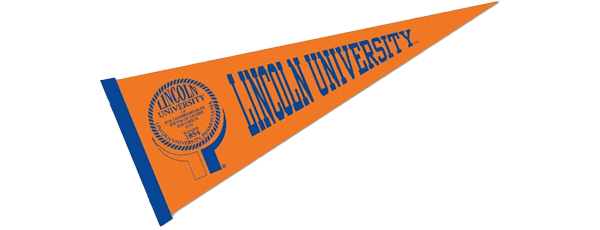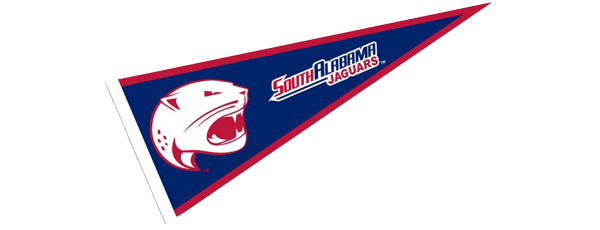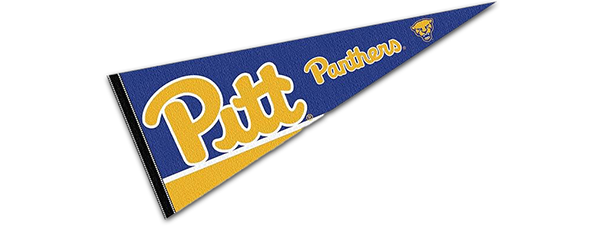Moving prospects from awareness to application using personas
 Each step of the admissions and enrollment process represents a different stage of the customer journey. So, it makes sense that marketing messages should change based on where your prospects are in their decision-making process. Creating personas and using the data about your target audience can help you stay attuned to their motivations so you can address their needs and guide them through the different stages of the funnel.
Each step of the admissions and enrollment process represents a different stage of the customer journey. So, it makes sense that marketing messages should change based on where your prospects are in their decision-making process. Creating personas and using the data about your target audience can help you stay attuned to their motivations so you can address their needs and guide them through the different stages of the funnel.
In a past article, we examined how to create personas and how they can help you gain insight into your target audience. Here, we’ll take a look at how you can use your personas to target your digital advertising, pull prospects through the funnel with communications and encourage action and enrollment.
Top of the funnel: Interest and awareness
Activity at the top of your funnel is purely interest based. Your goal here is to create top-of-mind awareness and affinity toward your school and program. Here, you can use insights from your personas to shape:
- Your audience segmentation: What “types” of prospects are you targeting?
- Marketing strategy: What is your target seeking? How can you address their questions? How can you create brand awareness?
- Your media mix: Where is your target searching for information?
- Your messaging: How can you personalize your message for their career stage and where they are on their journey?
Middle of the funnel: Conversion
When prospects have made it past the initial “I’m interested” phase, it’s your job to make them feel welcome and give them all of the information they need to take the next step. You want them to learn more, engage by coming to an event or talk to a recruiter about the admissions process. Here you can use insights from your personas to address barriers and motivations and shape:
- Your CRM strategy: How can you create an automated communications flow that maps the intended journey from “learn more” to “come to an event”? How can your present your program’s benefits in a structured way that your prospects will relate to?
- Your event mix: What is the best way to engage with prospects? Are they ready to come to campus for an event, or do they need more information before taking the next step? In addition to preview days, would it be helpful to provide webinars, a phone call, an informal luncheon, etc.?
- Your recruiting outreach: Based on your prospects’ barriers to entry, how can you help them feel more comfortable? Can you personally communicate with them or provide them with alumni contacts?
Bottom of the funnel: Taking action
Based on how your prospect’s journey has gone so far, this can either be the easiest or most difficult stage. Here, you want them to hit the “submit application” button, put down a deposit and commit to your program. At this phase, you can use insights from your personas to encourage action. This is your final push and staying attuned to their barriers will be critical. What will your personas tell you here?
- What is holding them back?
- What do they need to take action?
- How will they convince their boss, their spouse or their family that their time away will be beneficial?
- How will they justify the cost against ROI?
As you can see, there are many benefits to creating personas that extend past the initial insights. Not only can they help you craft your marketing strategy, but they can also carry you through all stages of the funnel to convert leads to enrolled students.
If you are looking for an experienced partner that’s skilled in creating personas and using those insights to craft marketing strategies at all stages of the customer journey, look no farther than GPRS. We have worked with over 150 programs to seat students and optimize marketing and recruiting processes. Let’s start the conversation today.

 There are many reasons you might seek out an agency to help enhance and bolster your marketing department. Maybe your team is small or you’re facing new challenges. Perhaps you’ve had budget cuts and you need ideas on how to do more with less. Before you begin your search, you’ll want to have a shortlist of criteria to consider. Here are a few ways you can narrow the field to find an agency partner that can have a big impact on your school.
There are many reasons you might seek out an agency to help enhance and bolster your marketing department. Maybe your team is small or you’re facing new challenges. Perhaps you’ve had budget cuts and you need ideas on how to do more with less. Before you begin your search, you’ll want to have a shortlist of criteria to consider. Here are a few ways you can narrow the field to find an agency partner that can have a big impact on your school.


 Content marketing. It’s the current buzz. It’s defined in many ways. It’s absolutely critical for your school. So how can you integrate content marketing into your recruiting plan? Let’s dig into defining content marketing and formulating a plan to include it in your admissions strategy.
Content marketing. It’s the current buzz. It’s defined in many ways. It’s absolutely critical for your school. So how can you integrate content marketing into your recruiting plan? Let’s dig into defining content marketing and formulating a plan to include it in your admissions strategy. After another uncertain year of admissions, program changes, and market ambiguity, you may be having
After another uncertain year of admissions, program changes, and market ambiguity, you may be having 
 When you are developing a marketing strategy, there are several steps you might take before arriving at a fully-fleshed out and integrated plan. Of course, finding your unique selling proposition (USP), determining your competitive advantages, outlining the accomplishments of your faculty, and highlighting your distinguished alumni are all important. But how do you avoid this blatant boasting, or listing your accomplishments in the hopes of impressing your leads? Start by focusing your go-to-market strategy on the student, not your school. Although this may seem counter-intuitive, it can make a difference in the way your leads interact with your admissions process.
When you are developing a marketing strategy, there are several steps you might take before arriving at a fully-fleshed out and integrated plan. Of course, finding your unique selling proposition (USP), determining your competitive advantages, outlining the accomplishments of your faculty, and highlighting your distinguished alumni are all important. But how do you avoid this blatant boasting, or listing your accomplishments in the hopes of impressing your leads? Start by focusing your go-to-market strategy on the student, not your school. Although this may seem counter-intuitive, it can make a difference in the way your leads interact with your admissions process. When was the last time you were interested in a product or company and clicked on an ad hoping to learn more, but the final destination didn’t offer what was promised? Maybe you were directed to a company’s homepage or a general page with very little information. Or maybe you were required to fill out such a long form to get to the next step that you gave up. This can be so frustrating, especially for people who are seeking specific information about a particular degree or program. You don’t want your prospects spending too much time searching for what you promised them in your ad — and you certainly don’t want to lose them once they’ve shown interest.
When was the last time you were interested in a product or company and clicked on an ad hoping to learn more, but the final destination didn’t offer what was promised? Maybe you were directed to a company’s homepage or a general page with very little information. Or maybe you were required to fill out such a long form to get to the next step that you gave up. This can be so frustrating, especially for people who are seeking specific information about a particular degree or program. You don’t want your prospects spending too much time searching for what you promised them in your ad — and you certainly don’t want to lose them once they’ve shown interest.
